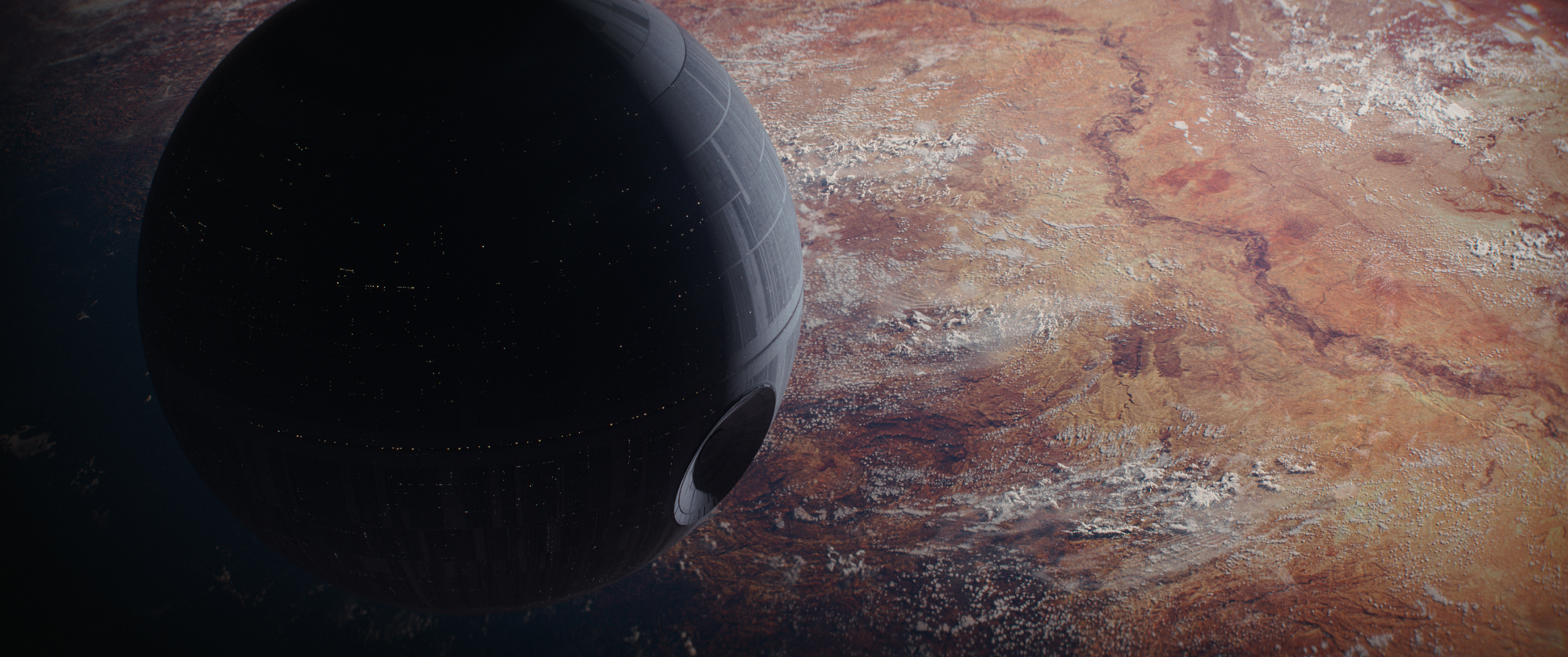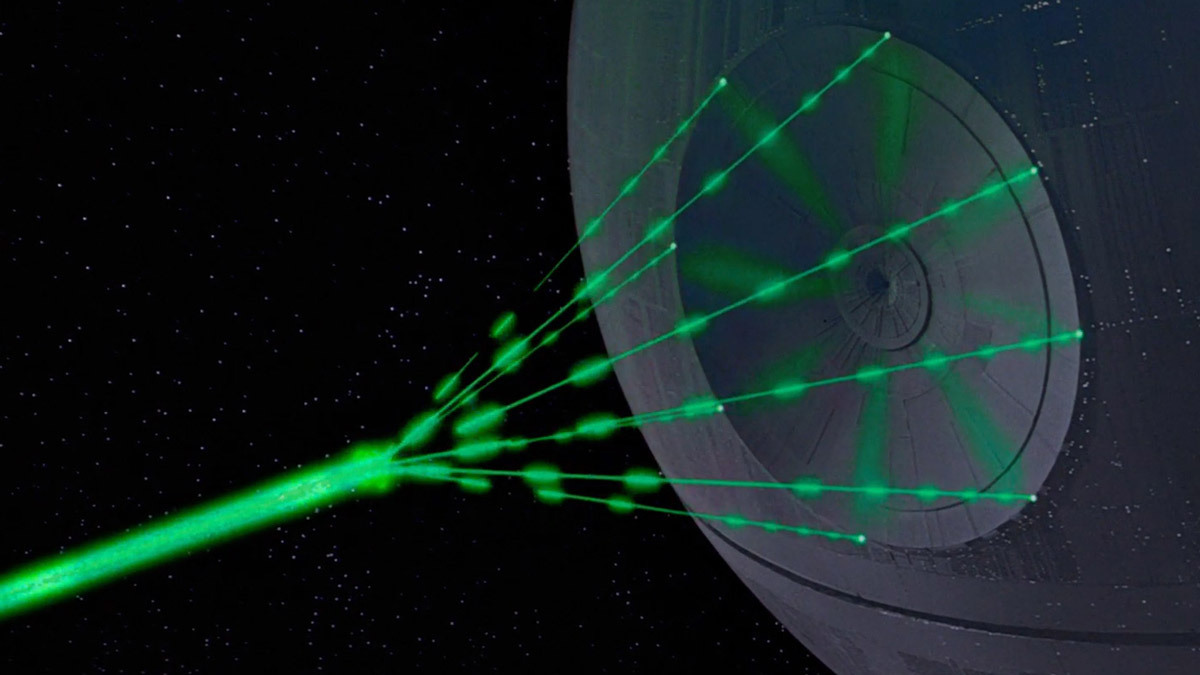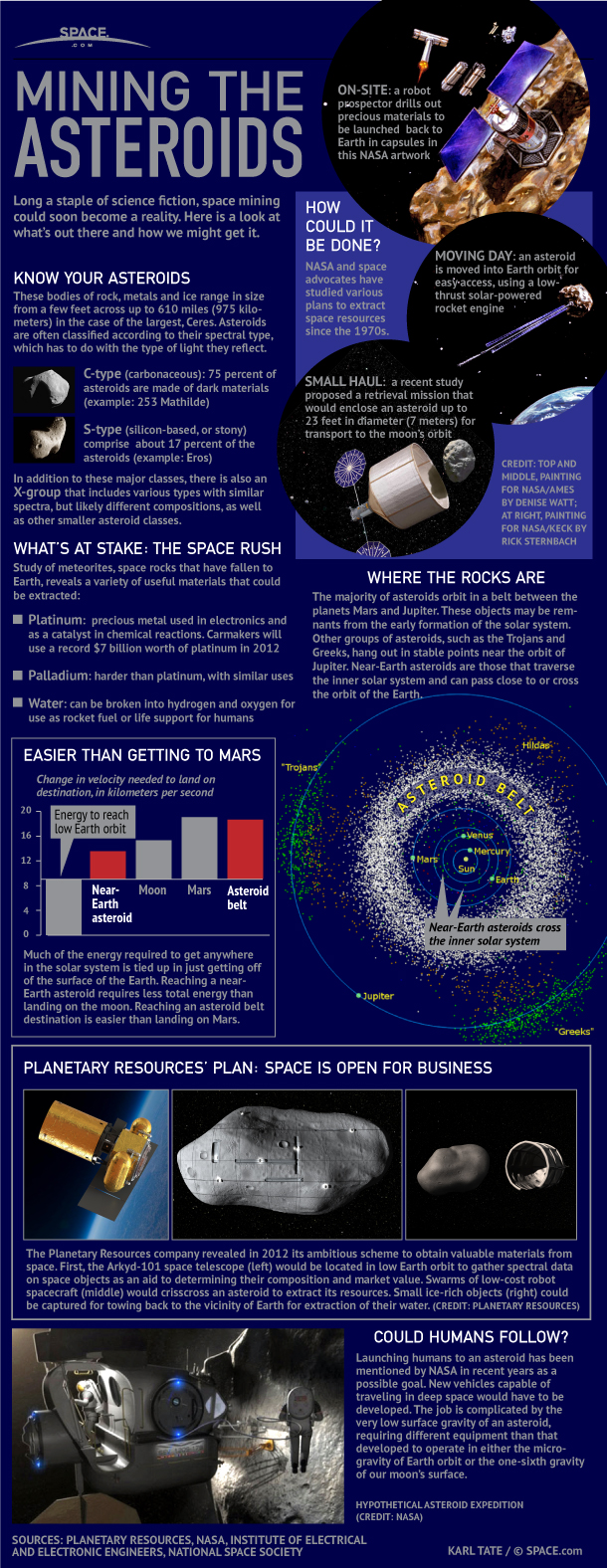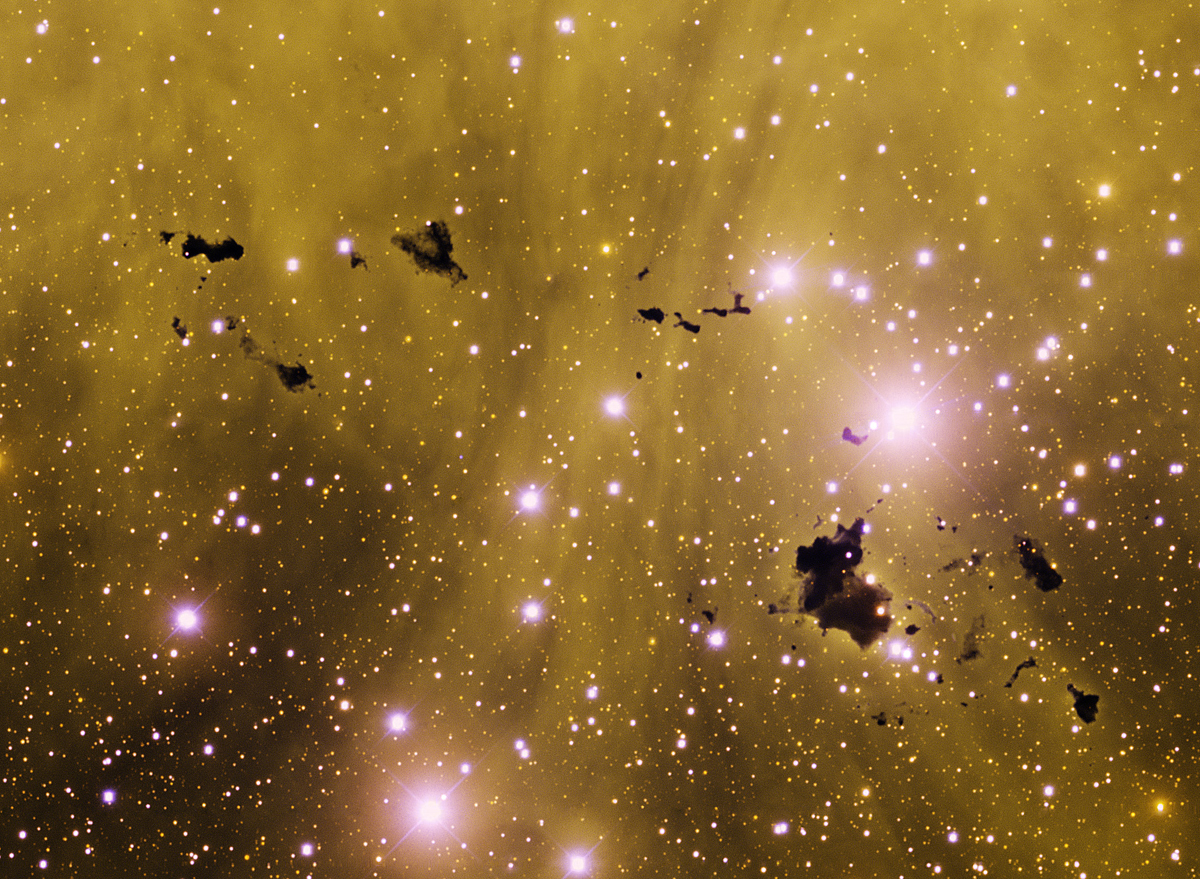Could We Build a Real-Life Death Star?

One of the most infamous weapons in science-fiction movie history is the Death Star, a moon-size planet destroyer from the "Star Wars" universe. In the upcoming movie "Rogue One: A Star Wars Story," a band of renegades tries to steal the plans for the Death Star from the evil Empire, in order to ultimately destroy the spherical death machine.
Does the Death Star lie completely in the realm of fiction, or could such a thing ever be constructed in real life? In 2012, more than 25,000 people signed a petition asking the U.S. government to construct its own Death Star. The White House (as it is bound to do when petitions receive a certain number of signatures) considered the application and penned a discouraging but tongue-in-cheek response — among the concerns cited in the rejection letter were the cost of such a project, and the fact that a single, small spacecraft was apparently enough to destroy it (a significant flaw for such a massive project).
But it turns out that the biggest obstacles aren't just money or rebel spacecraft, but physics. Here are some opinions from experts Space.com consulted on why it would or would not be possible to build a real Death Star. [Rogue One: A Star Wars Story in Pictures]
Rod Pyle, author of the book "Blueprint for a Battlestar: Serious Scientific Explanations Behind Sci-Fi's Greatest Inventions" (Sterling, 2016)
If constructing the International Space Station was hard, the Death Star's complications dwarf that. Pyle says estimates indicate it would take 830,000 years of Earth's current steel output to create enough metal for the hull of the superstructure alone.
Rocket launches to send all that metal and other building materials to space would "pollute the atmosphere to the point that anyone left who could use the Death Star would have to live on it — Earth would be uninhabitable," Pyle said.
The cost is also difficult to bear: $850 quadrillion, according to the White House's response to the online petition, which is many times the U.S. national debt of about $20 trillion.
Breaking space news, the latest updates on rocket launches, skywatching events and more!
"The best way to build a Death Star would likely be to mine asteroids and possibly the moon for metals, print the massive parts, and then transport them to the neighborhood of the Earth or whatever planet you want to destroy," he said.
But even then, there are problems, he added. The Death Star is at most 100 miles (160 kilometers) in diameter, and would not be able to survive long in low Earth orbit. Although small objects can remain in low orbit around the Earth for hundreds of years with no propulsion, an object that large would fall out of orbit more quickly and crash into the surface. Putting it into a higher orbit is possible but would require a "prohibitive" amount of rocket fuel, Pyle said.
In "Star Wars: Episode IV - A New Hope," the Death Star's lasers are used to blow up the planet Alderaan, which is similar in size to Earth. But even the most advanced current military lasers would have trouble changing the flight path of an intercontinental ballistic missile as it careened towards Earth, he said. "Of course, in 'Star Wars,' they used 'hypermatter' to power the Death Star," he added, "so who knows what might be possible with this new and improved source of destructive power?"
Raychelle Burks, assistant chemistry professor at St. Edward's University in Austin, Texas
In 2015, the American Chemical Society released a video about the Death Star's laser, featuring Burks. In the video, Burks (who wasn't available for an interview before this article's deadline) explains that the most powerful laser beam on Earth is a 2-petawatt (2 quadrillion watts) beam constructed in Japan. The Death Star would require roughly a million billion times more power to blow up a planet, she said in the video.
"In producing all that energy, you would produce a lot of heat — like enough heat to melt the Death Star," Burks said.
If that's not discouraging enough, Burks pointed to the famous "Star Wars" scenes where several lasers from the Death Star all converge into a point, somehow combine and amplify, and then strike a doomed planet with a single beam.
"Light doesn't do that," she said. "The individual beams would just pass by each other and keep going in their own directions." [Endor's End: How the 'Star Wars' Death Star Wiped Out the Ewoks After All]
Brooks Peck, curator at the EMP Museum in Seattle
Although generating enough metal to build a Death Star would be "bonkers," technically speaking, it would be possible, Peck said. But there would need to be a huge space industry infrastructure to support it, including the ability to launch many more rockets than we can today, and asteroid mining.
Another consideration regarding the massive construction project is that the builders of the Death Star would be exposed to harmful ionizing radiation from space because they would be outside Earth's protective atmosphere and magnetic field, Peck said. He thinks the Empire would take two approaches to solving the problem: either shield the builders inside rock and water masses, or just let the workers die young of cancer. "This is a Death Star, after all. It's got a reputation to maintain," he joked.
Because a superlaser would not work as a means to destroy planets, Peck suggested using a "bullet of sufficient mass" to blow up planets. The science-fiction term for such an object is a "relativistic kinetic kill vehicle," which Peck admitted does not have the same snappy ring as "Death Star." But as ugly as the name sounds, the concept would work: A large enough object moving at even a fraction of the speed of light could blow up the planet once it collided. Still, Peck said it would be best for an advanced civilization to focus its energy on other things.
"I hope, strongly, that a civilization that can command the resources and energy needed to create something like a Death Star would be smart enough and wise enough to turn its attention to more beneficial causes," he said. "Imagine what else we could achieve through an effort on that scale. We could create a utopia for everyone."
Brian Muirhead, chief engineer at NASA's Jet Propulsion Laboratory
Muirhead is an experienced space engineer who was responsible for designing, developing, testing and launching the Mars Pathfinder rover that successfully landed on Mars on July 4, 1997. He also held senior positions for the Deep Impact Mission (which successfully crashed into a comet) and the Mars Curiosity mission (which landed on Mars in 2012 and is still going) during their development.
Today, he is working on the Asteroid Redirect Mission, an initiative that will attempt to bring as much as 20 tons (18 metric tons) of a carbonaceous asteroid to the moon's orbit, for astronauts to explore.
Asteroids would be a helpful resource in the construction of a Death Star, Muirhead added. A Death Star would require raw materials, and asteroids could provide that. Using asteroids as a source of raw materials would also reduce the need to launch rockets from Earth, he said. Even the manufacturing facilities on the asteroid could be at least partially created via in-space 3D printing (a technology that is used today on the International Space Station, he added).
"Given launch costs today, I did a simple calculation ... and the cost savings might be of the order of the total economic output of today's Earth for around a billion years (a huge and not very realistic number)," he said. "The alternative is to build huge factories at large asteroids (like Ceres, which is about 950 km [590 miles] in diameter) and use its materials and save the launch costs."
Muirhead added that the laser on the Death Star is a technical problem, as it would likely require an output many times that of our sun, "an extraordinary amount of energy," he said.
Still, he can't wait to see the new "Star Wars" movie.
"As a spacecraft designer, I'm very much looking forward to 'Rogue One' and maybe getting a look at those plans," he said.
Philip Lubin, physics professor at the University of California, Santa Barbara
Various experts who were consulted for this story told Space.com that there are some real-world aerospace technologies that are similar to those used in the Death Star, including nuclear weapons and chemical lasers.
One of those technologies is the DE-STAR (Directed Energy System for Targeting of Asteroids and Exploration) concept, which could be used to stop incoming asteroids and comets coming toward Earth and threatening our planet. Lubin is one of the scientists currently working on DE-STAR.
The concept (which is very much on the drawing board) would take the sun's energy and convert it into a phased array of laser beams to target incoming objects and vaporize them, or alter their orbit to get them away from Earth and possibly throw them into the sun.
There are different proposed sizes of DE-STAR. A 100-meter (330 feet) version could alter comet or asteroid orbits, while a 10-kilometer (6 miles) version would have enough energy to blow up a 500-meter (1,600-foot) asteroid once a year, Lubin said.
(Lubin's group has also proposed a way to do fast interstellar travel using directed lasers. That concept, called DEEP-IN (Directed Energy for Relativistic Interstellar Missions), has Phase 2 funding from the NASA Innovative Advanced Concepts Program that funds far-out concepts.)
But don't worry about planetary security. "We have no current plans to vaporize planets," Lubin said, joking that he thought about it and concluded it is not a fundable idea. "The system we are working on can be used for planetary defense against asteroids and comets ... It works quite well for that as well as for relativistic propulsion, if we can master the required technology."
Follow Elizabeth Howell @howellspace, or Space.com @Spacedotcom. We're also on Facebook and Google+. Original article on Space.com.

Elizabeth Howell (she/her), Ph.D., was a staff writer in the spaceflight channel between 2022 and 2024 specializing in Canadian space news. She was contributing writer for Space.com for 10 years from 2012 to 2024. Elizabeth's reporting includes multiple exclusives with the White House, leading world coverage about a lost-and-found space tomato on the International Space Station, witnessing five human spaceflight launches on two continents, flying parabolic, working inside a spacesuit, and participating in a simulated Mars mission. Her latest book, "Why Am I Taller?" (ECW Press, 2022) is co-written with astronaut Dave Williams.


